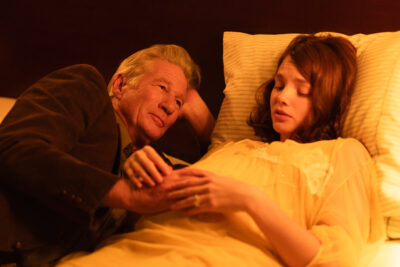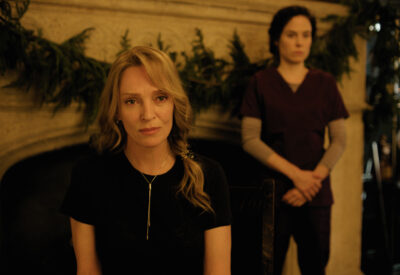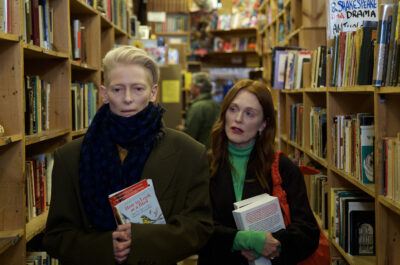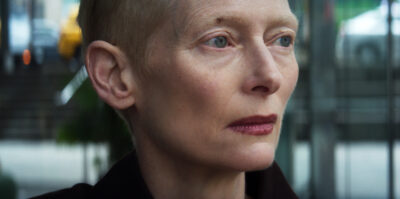Laemmle Theatres and the Anniversary Classics Series present a 45th anniversary screening of the Oscar-winning 1979 hit ‘Breaking Away‘ with costar Paul Dooley joining for an in-person Q&A after the screening. The movie earned five Oscar nominations in all, including Best Picture and Best Director for Peter Yates, and it won the Oscar for the Original Screenplay by Steve Tesich. It also won the Golden Globe for Best Comedy or Musical of the year, and it won the Writers Guild award for Best Original Screenplay. Many years later, when the American Film Institute compiled a list of the most inspiring movies in history, ‘Breaking Away‘ ranked in the top 10.
Tesich based the script in part on his own experiences at the University of Indiana in Bloomington. The story tells of the bond between four young working-class men raised in the town but unable to afford college. They are scorned by the college students in town and called “cutters” because of their families’ work as stonecutters in the local quarry. The four young men are played by newcomers Dennis Christopher, Dennis Quaid, Daniel Stern, and Jackie Earle Haley. Christopher’s parents are played by Paul Dooley and Barbara Barrie, and the snooty college kids include actors Hart Bochner and Robyn Douglass.
Christopher’s Dave, the leading character, becomes obsessed with Italian bicycle racers and Italian culture in general, to the dismay of his working-class father, played by Dooley. Eventually he decides to enter the local bicycle race dominated by the college students, and he becomes a symbol to his pals of the possibilities of transcending their humble backgrounds.
Critics were swept up in the story’s inspirational message. Roger Ebert called ‘Breaking Away‘ “a wonderfully sunny, funny, goofy, intelligent movie that makes you feel about as good as any movie in a long time.” The New York Times’ Janet Maslin agreed and declared, “Here is a movie so fresh and funny it didn’t even need a big budget or a pedigree.” Variety summarized the overwhelmingly positive reviews, calling the film “a thoroughly delightful light comedy, lifted by fine performances from Dennis Christopher and Paul Dooley.”
Dooley got his start working several times with director Robert Altman on such films as ‘A Wedding,’ ‘Health,’ and he had a leading role in Altman’s offbeat romantic comedy ‘A Perfect Couple.’ In Altman’s musical adaptation of ‘Popeye,’ Dooley played the role of Wimpy. He also costarred in such films as ‘Paternity,’ ‘Sixteen Candles,’ Steven Soderbergh’s ‘The Underneath,’ ‘Runaway Bride,’ ‘A Mighty Wind,’ and ‘Happy, Texas.’ He provided one of the voices in the ‘Cars’ animated movies, and he also had prominent roles on such popular TV series as ‘thirtysomething’, ‘My So-Called Life,’ ‘Dream On,’ ‘The Practice,’ and ‘Curb Your Enthusiasm.’





